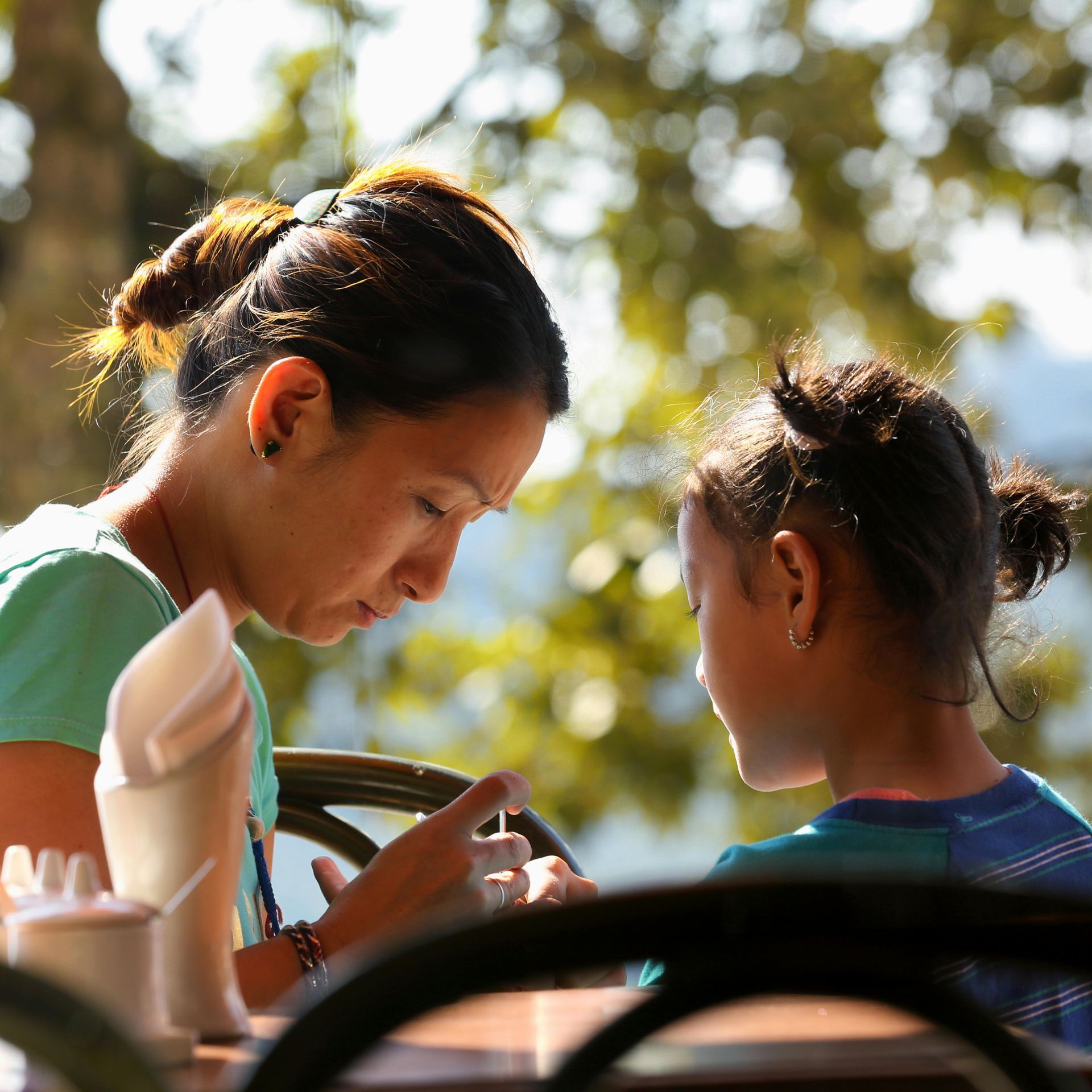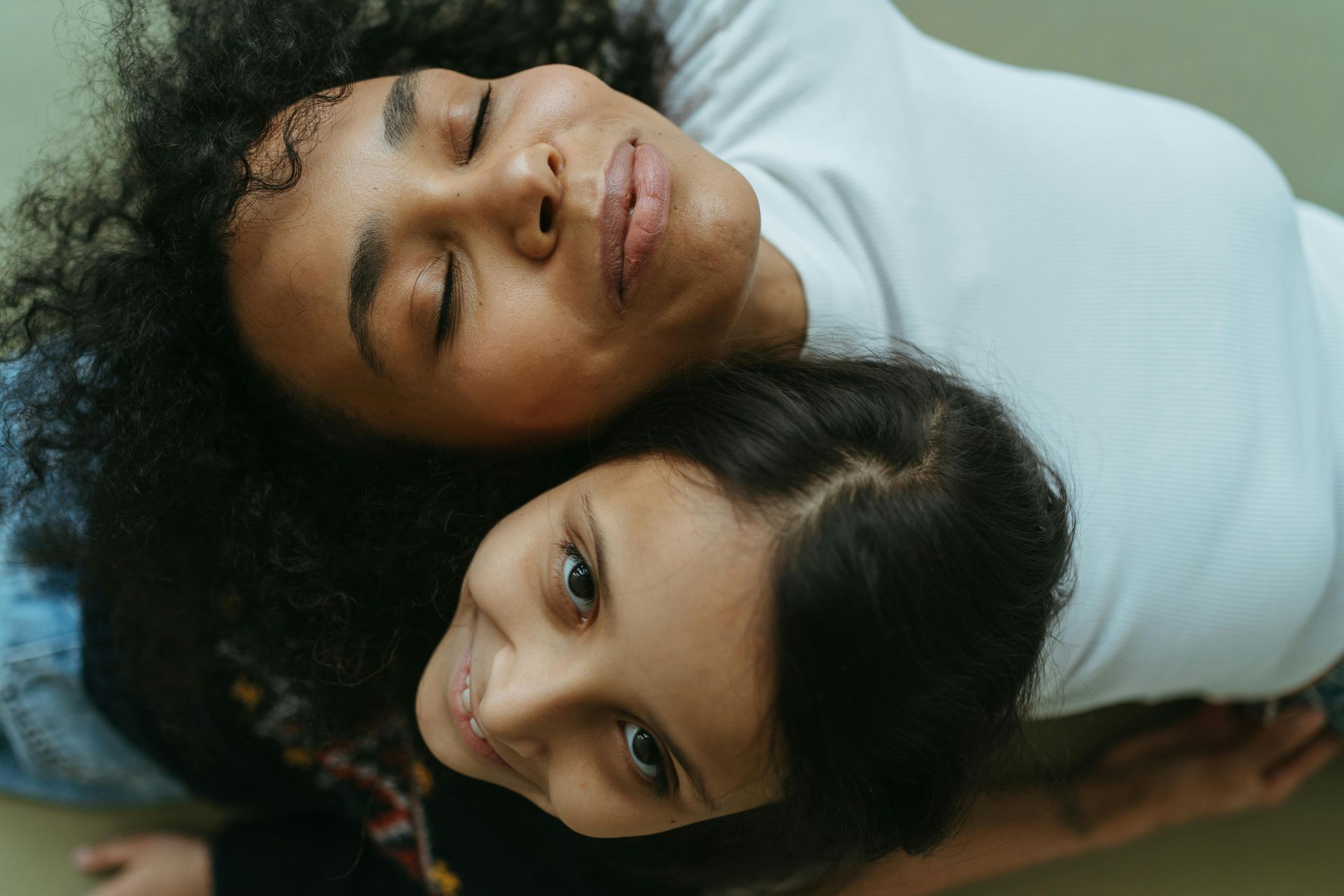By Sunamita Tuple, MS, EdS, LPC
•
July 10, 2023
Pornography is not just a guy thing. Women watch porn too and become addicted to the dopamine rush in much the same way as men. Some statistics report an estimate as high as 60.2 % of all women and 57% of girls ages 14-18 as having viewed pornography and research suggests that women make up a significant percentage of those with porn addiction, as high as one-third of all addicts. Although less women than men access pornographic websites, it is also worth noting that women are more likely to use other forms of pornographic material (and some may not even realize it) such as erotica books or romance novels, movie or TV scenes, social media such as Instagram or TikTok, magazines, erotic blogs, video games, chatrooms and/or sexting. This is because men and women’s brain are wired differently. Men are wired to be visually stimulated and viewing erotic images leads the brain to produce large amounts of dopamine and this can be very addictive. Women are more relationally stimulated and while women do become addicted to visual pornography, most don’t get the same high as men. Instead, it is the romantic relationship that gets the dopamine flowing. Therefore, the more eroticizing the relationship, the more dopamine gets produced and this can be highly addictive. How do women end up in porn use? Some women have accessed pornography out of curiosity, to obtain information when healthy messages about sexuality were scarce or non-existent, some have discovered it accidently, some were exposed to it at an early age by someone they knew, some were introduced to it by a romantic partner or encouraged or coerced by a romantic partner as an adjunct to their sexual repertoire, and some may have willingly sought it to get tips/ideas or to set the mood with or even keep a significant other, and others use porn as a visual aid while self pleasuring. Although porn addiction negatively impacts both genders, the effect is more devastating for women. Women are more likely to feel a greater sense of shame because of stigma and society’s sexual double standard and are less likely to come forward and ask for help. Fearing being viewed as loose or a slut, they may struggle in isolation and guilt for a longer period of time and experience greater rates of depression, anxiety and loneliness. Women are more prone to negative body image and lowered self esteem, they may have unrealistic expectations around sexual behaviors and performance and have a higher sense of personal inadequacy and may feel more pressured to perform pornographic acts, accept rape myths, are at greater risk of sexual assault and domestic violence and experience increased marital rape. Viewing more frequent and more intense forms of porn may lead to losing interest in sex that doesn’t live up to the same extreme material they are watching and may experience difficulty in arousal and orgasm with a partner and have to finish by themselves. When not viewing porn, these women may feel down, depressed, irritable, and may lead them to keep searching for porn and eventually more extreme erotic material. Like men, women can justify their use of pornography by seeing it as harmless entertainment and because its only fantasy and doesn’t involve anyone else, there’s nothing wrong with it. However, the reality is that it is very harmful and even dangerous as studies have shown that women who struggle with porn are more willingly to meet with strangers they’ve met in chat rooms or through social media. This sets the stage for unfavorable situations such as being stood up, used by the man to fulfil his sexual fantasy in a one night stand, being drugged and raped or even possibly meet up with a murderer. Pornography addiction, like all sexual addiction, is an intimacy disorder and this is especially harmful to women who place an emphasis on the relational aspect of it. When the means you look towards to fulfill emotional/relational/intimacy needs leaves you empty, alone and ashamed, it creates powerful and deeply rooted negative schemas of identity and worth. Feeling ashamed, alone, lonely and depressed and seeking ways to cope, escape or numb the pain, they turn to their faithful friend, Pornography, who is always present and available, easily accessible, never disappoints and always delivers, fueling the cycle of addiction. Many women feel hopeless and powerless in their struggle and due to the nature of the problem, it is not easily identifiable. More education and awareness is needed for parents, youth sex education programs, church leaders, and medical professionals. There is help for porn addiction and resources are becoming more widely available. There are therapists trained to specifically treat and support women’s struggle with porn addiction. You are not alone in your recover!
















